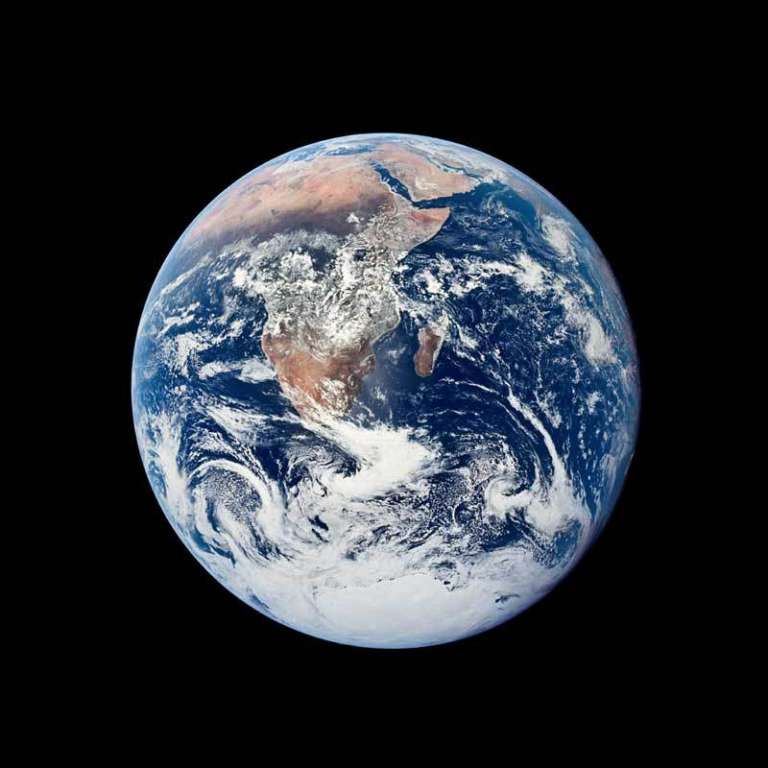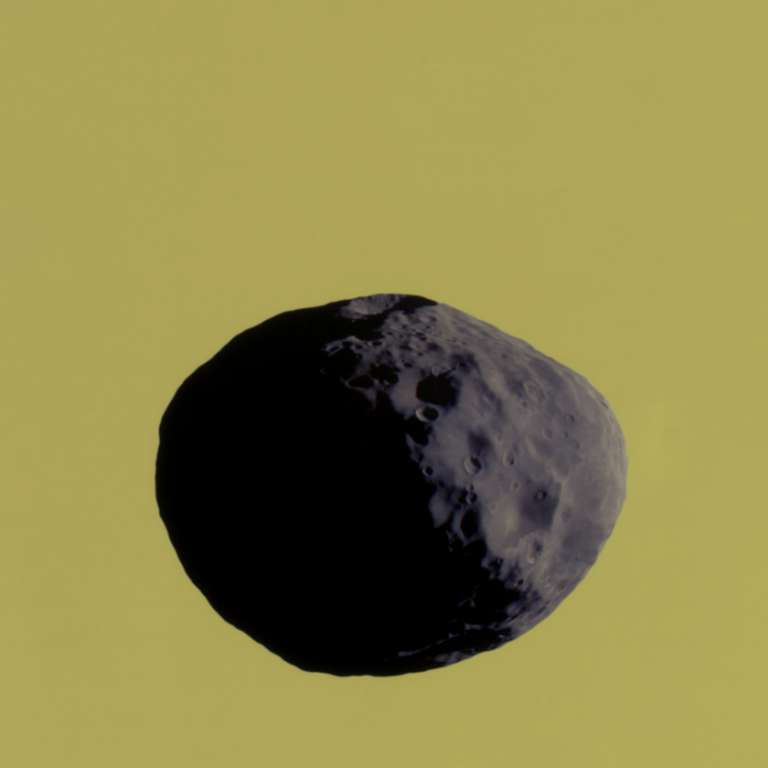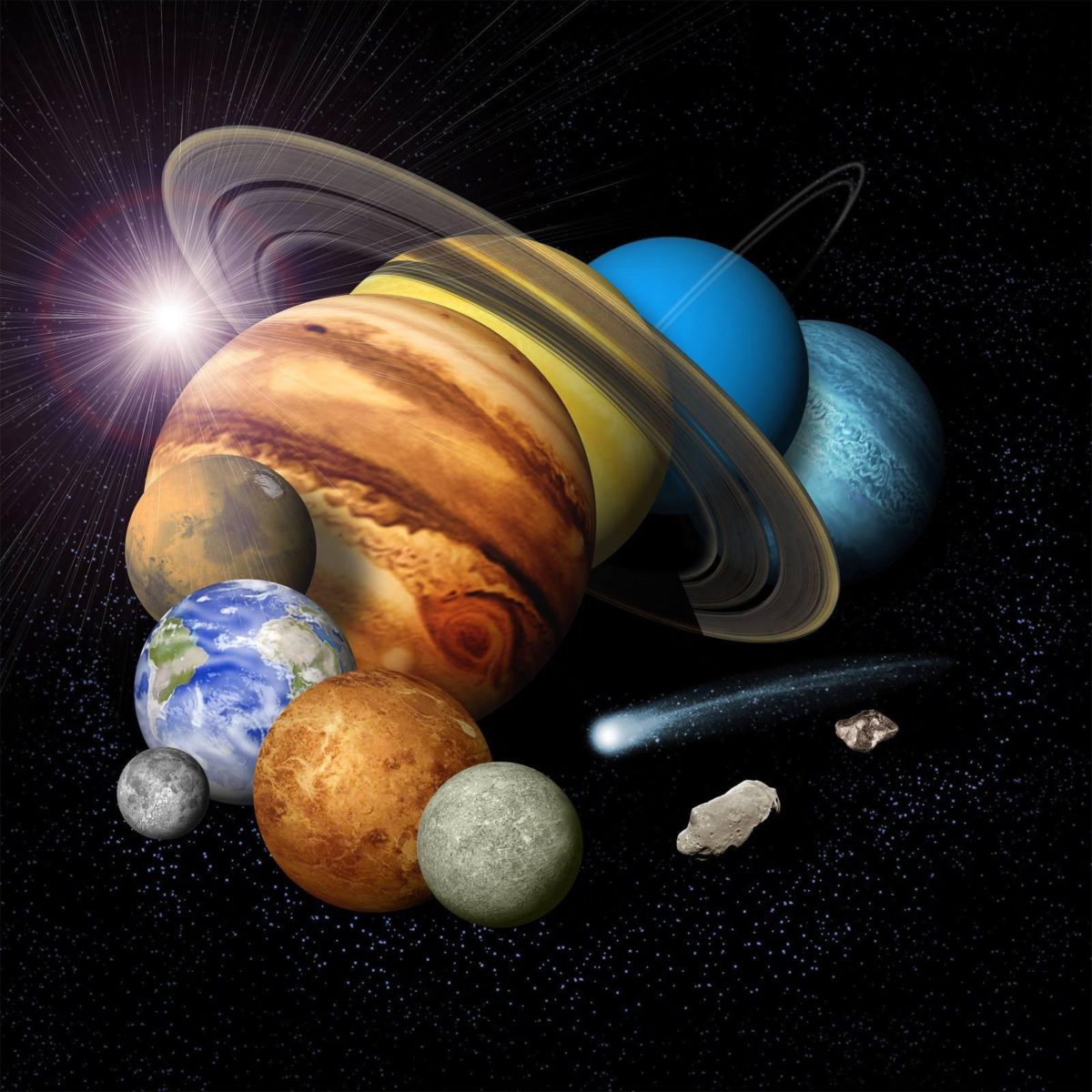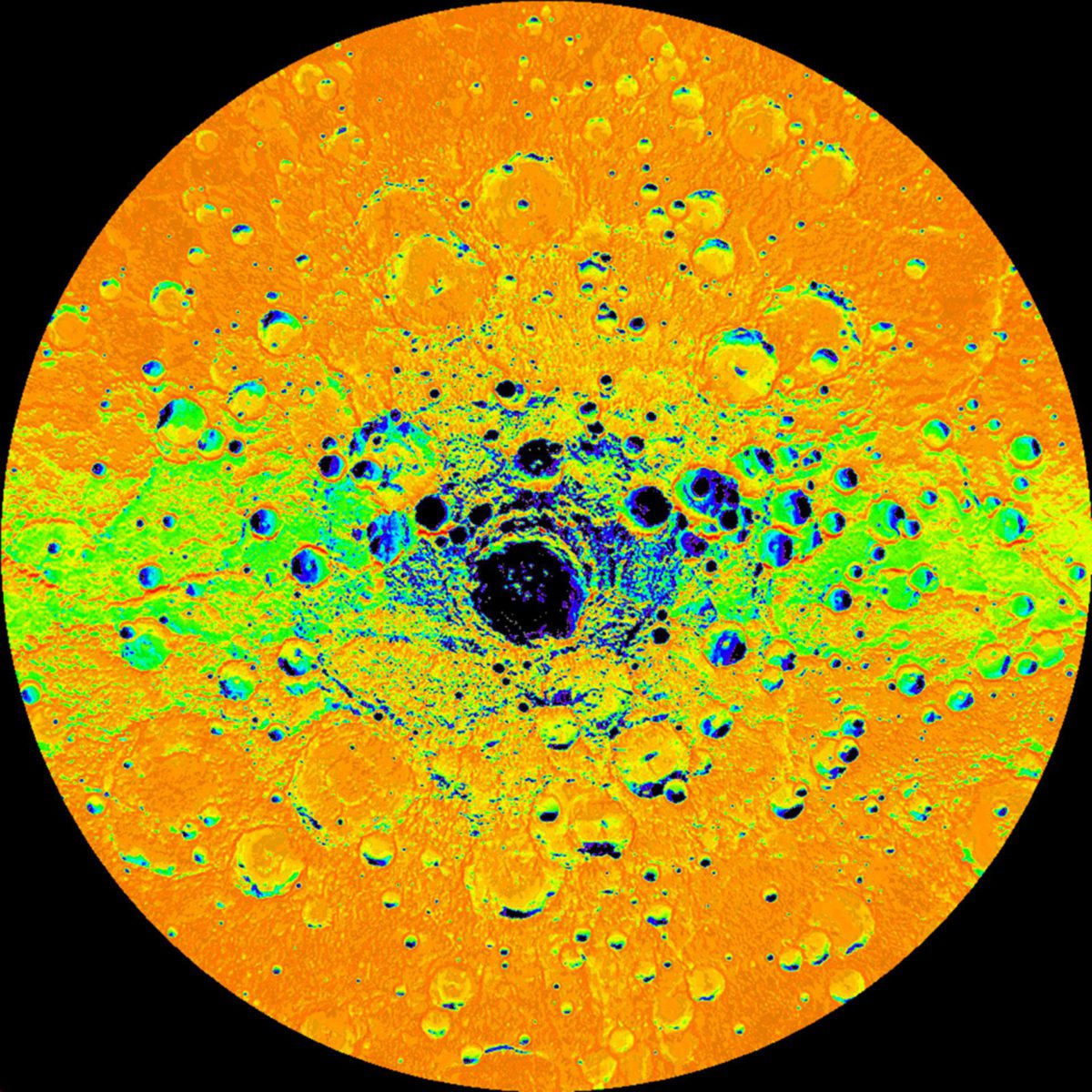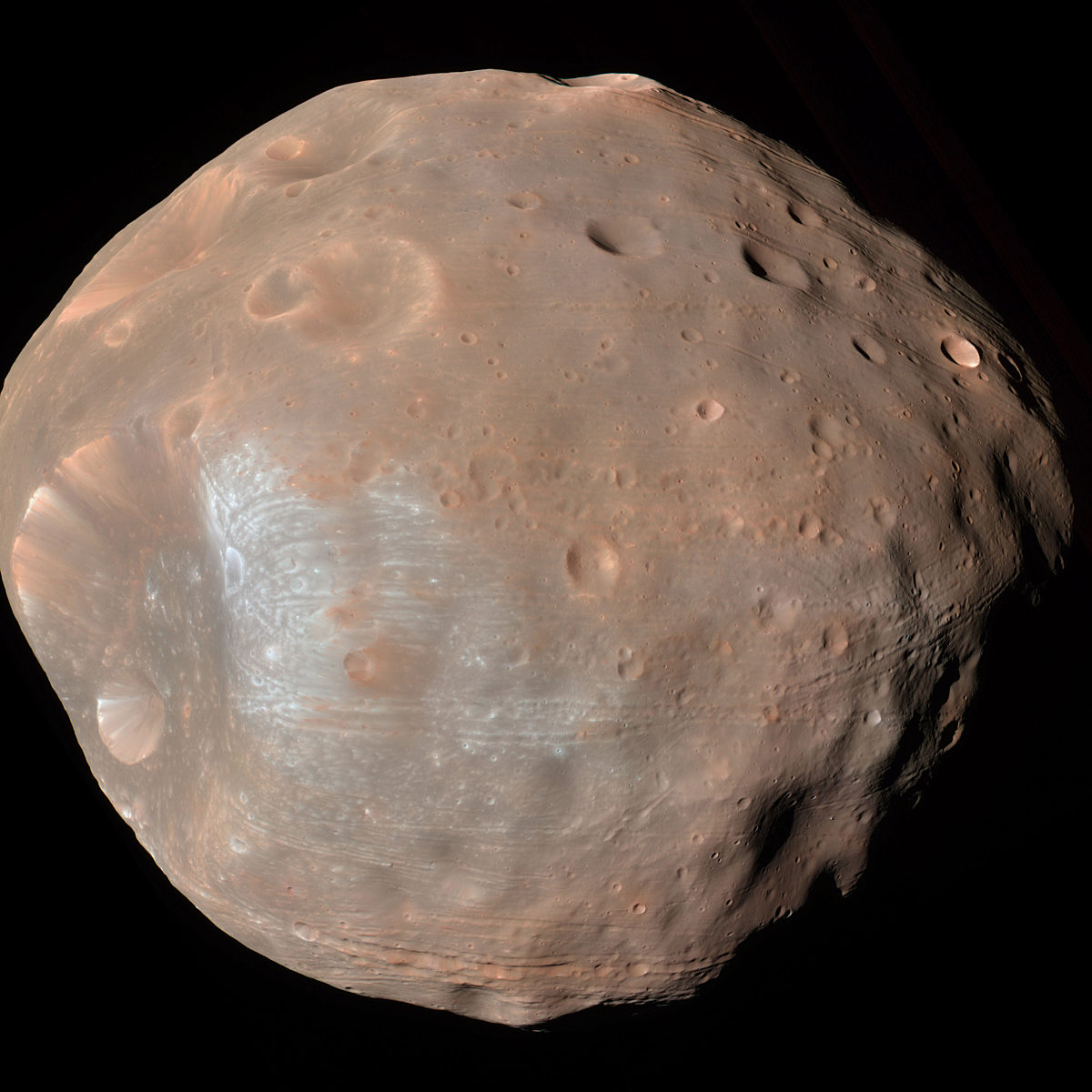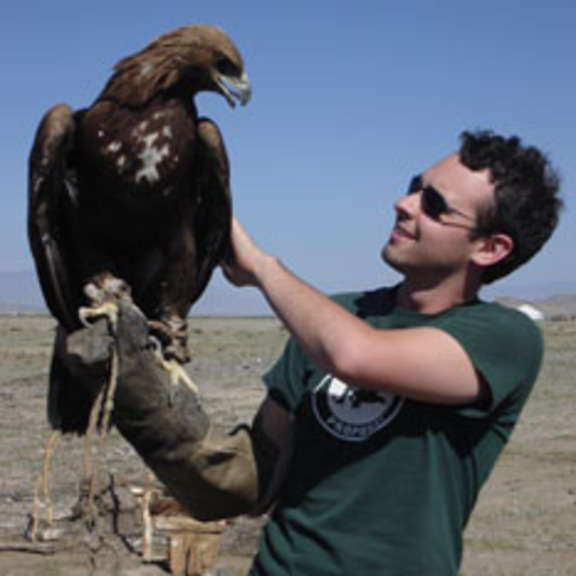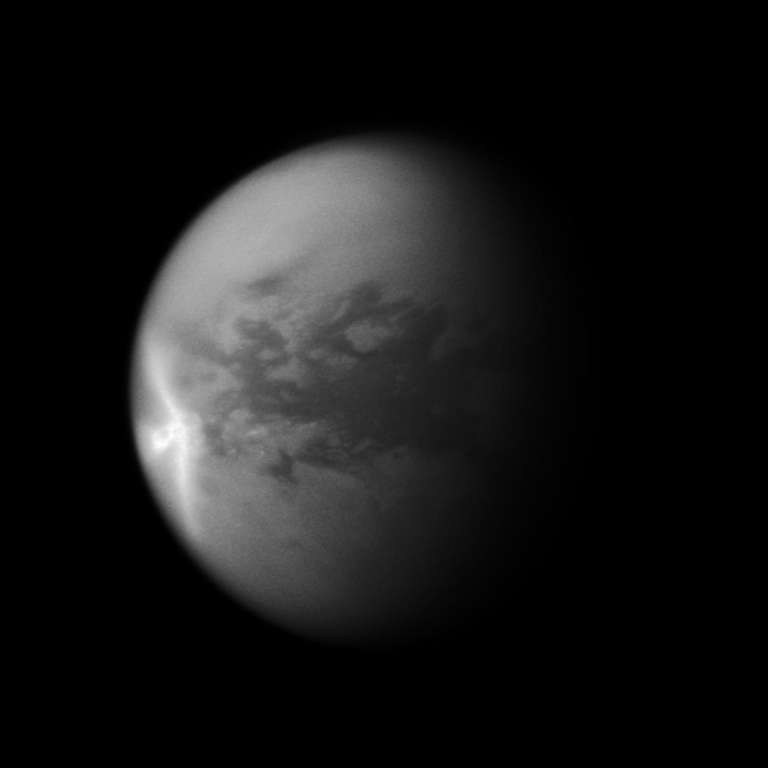All
All
Stories, updates, insights, and original analysis from The Planetary Society.
A call to action
Paul Hayne, representing the Facebook group
Nearly the last view of Endeavour with its life-blood flowing
After 12 years of photographing the space shuttle, and even getting to work for NASA as a photographer for the final three years of the program, I never had the privilege of going inside the cockpit until the program was over.
A possible nine-planet system
Someone on Twitter pointed me to a paper recently posted to ArXiv titled
Where is space?
Obviously the Earth ends and space begins somewhere, but today, as it has been for the entirety of humanity's manned and unmanned exploration of
Pretty picture: Janus and Saturn
In the last few days as it's rounded periapsis in its current orbit of Saturn, Cassini has taken a lot of great photos of Saturn's moons. One series of photos was taken from pretty close to Janus, a moon about a third the diameter of Enceladus that orbits between the F and G rings. And among those, several were taken with the moon sitting in front of Saturn.
An update on Opportunity, and a plea for some volunteer desktop publishing help
A. J. S. Rayl has just posted her monthly update on the goings-on at Meridiani planum, noting that the update recaps the 99th month of the Mars Exploration Rover mission. There's a lot of detail on how the radio-tracking campaign is going. While she's not driving, Opportunity's acting like a lander, with radio antennas on Earth performing Doppler tracking to allow very fine measurement of Mars' orbital motion.
What Saturn's moons can tell us about comets (Notes from LPSC 2012)
My notes on a two-part presentation by collaborators Jim Richardson and David Minton about the sizes of things in the Kuiper belt, a story they told by looking at Saturn's moons. How does that work? What connects Saturn's moons to the Kuiper belt is craters.
Nichelle Nichols and the Nerd-in-chief
I got this wonderful photo from Nichols' Twitter after Mike Okuda retweeted it.
Mars Exploration Rovers Update: Opportunity Gets Energy Boost and Works Through Depths of Winter
March came in like a lion and went out like a lamb at Meridiani Planum, Mars: Opportunity felt the cold wind on her solar panels, then
What's up in the solar system in April 2012
Welcome to my monthly roundup of the activities of our intrepid robotic emissaries across the solar system! I count 16 spacecraft that are actively performing 13 scientific missions at Mercury, Venus, the Moon, Mars, Vesta, Saturn, and at the edge of the heliosphere.
Moon Mappers citizen science project now public, and statistics show it works!
Last week, Pamela Gay of CosmoQuest announced that their Moon Mappers citizen science project is out of its beta phase and ready for prime time. Moon Mappers enlists the help of the public to perform the gargantuan task of mapping the sizes and positions of craters photographed on the Moon by Lunar Reconnaissance Orbiter. Crater counting is the most powerful tool geologists have for figuring out how old planetary surfaces are. But when you have Terabytes of data, it's simply impossible for one scientist to count all the craters
Dawn Journal: Saluting the Sun
On April 18, Dawn will attain its greatest separation yet from Earth, nearly 520 million kilometers. Well beyond Mars, fewer than a dozen spacecraft have ever operated so far from Earth.
What's up in the solar system in March 2012
This month will see GRAIL begin its science mission measuring the Moon's gravity field. MESSENGER will complete its primary mission at Mercury, celebrating its one-Earth-year-in-orbit anniversary with a big data release, and immediately begin work on its one-year extended mission. Mars will pass its solstice, ushering in warmer days for Opportunity. Coincidentally, this month will see Jupiter's southern winter solstice, too, though there are no spacecraft there to notice it. Out at Saturn, Cassini will have two encounters with Enceladus this month, one of them distant, one of them at 74 kilometers altitude.
Hey amateurs! ESA's running an image processing contest: "Hubble's Hidden Treasures!"
Here's a newly announced contest that is right up my alley and, I hope, of interest to regular readers of this blog. ESA has just announced
La Sagra Observatory discovers very near-Earth asteroid 2012 DA14
With a new CCD camera configured to shoot rapid, short exposures bought with a Planetary Society Shoemaker NEO Grant we caught near-Earth asteroid 2012 DA14.
Notes from the Lunar and Planetary Science Conference: Making Cassini's radar images prettier
One of the more exciting talks last week was given by Antoine Lucas about his work with Oded Aharonson
Notes from the Lunar and Planetary Science Conference: Is there ice at Mercury's poles?
Water ice at Mercury's poles? That's crazy, right? Mercury is so close to the Sun that it seems inconceivable that you could have water ice there. But Mercury's rotational axis has virtually no tilt (MESSENGER has measured its tilt to be less than 1 degree), so there are areas at Mercury's poles, most often (but not always) within polar craters, where the Sun never rises above the horizon to heat the surface.
Interesting times for young planetary researchers
After NASA Night at the 2012 Lunar and Planetary Science Conference in Houston, Texas, a group of young scientists (most of us just out of graduate school) met to discuss what we could do both in the near and far term to revive NASA's ability to continue the flagship mission program we would all like to see in our future.
Notes from Titan talks at the 2012 Lunar and Planetary Science Conference (LPSC)
One of the topics I found most exciting yesterday was a series of talks on Titan's climate. Bob West showed how Titan's detached haze has shifted with time. Zibi Turtle presented about how Titan's weather has changed with these seasonal changes. Jason Barnes followed up Zibi's talk -- which was based on Cassini camera images -- with a study of the same regions using data from Cassini's imaging spectrometer, trying to figure out what was going on with that brightening. Ralph Lorenz talked about rainfall rates on Titan. Jeff Moore asked: what if Titan hasn't always had a thick atmosphere?


 Explore Worlds
Explore Worlds Find Life
Find Life Defend Earth
Defend Earth


 Sun
Sun Mercury
Mercury Venus
Venus Earth
Earth Mars
Mars Jupiter
Jupiter Saturn
Saturn Uranus
Uranus Neptune
Neptune Small Bodies
Small Bodies


